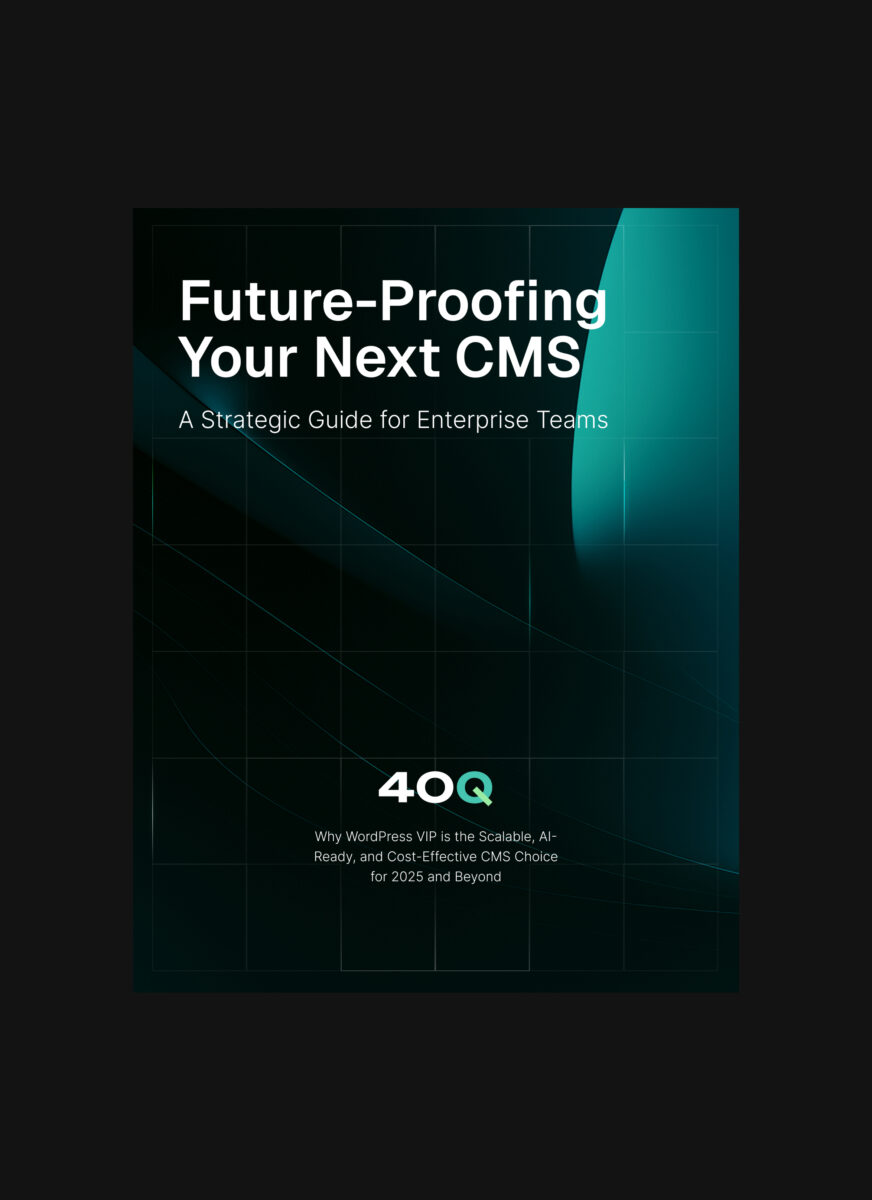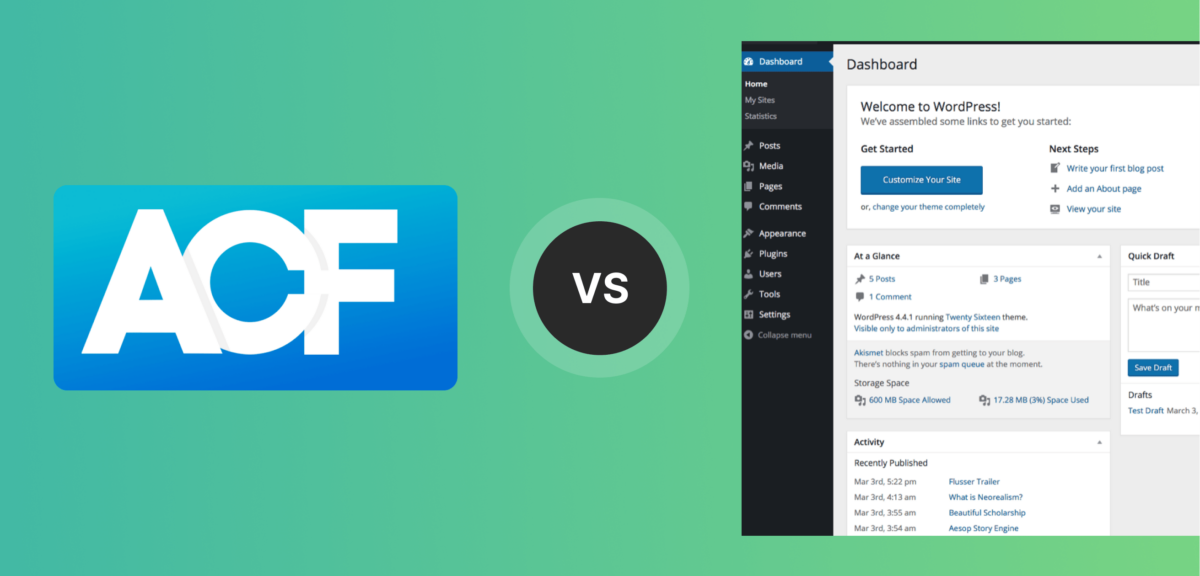Scaling with Confidence: Five Things to Look For in Your Next Enterprise CMS
Eddie Wise

Choosing the right content management system (CMS) isn’t just an IT decision—it’s a strategic move that affects marketing velocity, development productivity, customer experience, and your ability to scale globally. Yet many enterprise teams feel stuck with systems that slow them down, cost too much, or require constant developer intervention.
In this post, we’ll explore the key factors you need to evaluate when selecting a CMS—and why platforms like WordPress VIP are emerging as the top choice for growth-ready organizations.
Performance and Scalability: Can It Grow With You?
Your CMS isn’t just managing content—it’s powering your digital infrastructure. As your brand grows and launches new sites, regions, and campaigns, your CMS needs to keep pace.
What to look for:
- Global edge delivery with auto-scaling infrastructure
- Built-in CDN support for lightning-fast content delivery
- Multisite capabilities for managing multiple brands or regions
- Guaranteed uptime with failover and real-time monitoring
Why it matters:
Legacy platforms like AEM often struggle with multisite deployments and require DevOps to manually scale infrastructure. WordPress VIP offers auto-scaling, global performance, and integrated multisite management—so you never outgrow your CMS.
Editorial Experience: Empowering Content Teams
The best CMS platforms don’t just serve developers—they empower marketers and content creators.
What to look for:
- Drag-and-drop visual editors (like Gutenberg block editor)
- Reusable templates and modular blocks
- Workflow management: roles, approvals, versioning
- Mobile previews and real-time collaboration
Why it matters:
If your team waits on devs to launch every landing page or update copy, you’re leaking time and money. WordPress VIP gives marketers full autonomy without sacrificing brand consistency or governance.
Integration and Extensibility: Will It Fit Your Stack?
Enterprises rely on a suite of tools—from CRMs to analytics to personalization engines. Your CMS should enhance this stack, not block it.
What to look for:
- – Native integrations with Salesforce, HubSpot, Marketo, etc.
- – Support for REST APIs, GraphQL, and custom webhooks
- – Flexible plugin architecture to extend functionality
Why it matters:
AEM and Sitecore often force you into proprietary ecosystems. WordPress VIP’s open architecture allows fast, seamless integration with any martech stack—without vendor lock-in.
AI and Automation: Future-Ready from Day One
AI isn’t a buzzword—it’s a competitive advantage. Your CMS should help automate, personalize, and optimize your content workflows.
What to look for:
- AI-generated meta tags, summaries, and titles
- Auto-tagging and intelligent categorization
- Performance analytics and optimization recommendations
- Smart publishing workflows and trigger-based automation
Why it matters:
WordPress VIP bakes these capabilities into its core offering. Platforms like AEM lock AI behind enterprise tiers and complex add-ons. The future belongs to CMS platforms that evolve with you.
Total Cost of Ownership: Avoid the Hidden Costs
Sticker price isn’t the real price. Consider:
- Licensing fees (AEM and Sitecore often exceed $500k+/yr)
- Developer costs and onboarding
- Delays caused by slow workflows
- Custom integrations and ongoing maintenance
Why it matters:
WordPress VIP is license-free, dev-friendly, and fast to deploy—cutting your costs and time-to-value dramatically.
Don’t Let Your CMS Be the Bottleneck
If your CMS slows down content launches, creates dev bottlenecks, or doesn’t integrate cleanly with your stack—it’s time to re-evaluate.
The right CMS should:
- Scale with confidence
- Empower your teams
- Fit your tech ecosystem
- Automate and optimize
- Reduce your long-term cost and risk
WordPress VIP checks all five boxes—and future-proofs your content infrastructure for the next decade.
Future-Proofing Your Next CMS
Still evaluating your Enterprise CMS options?



